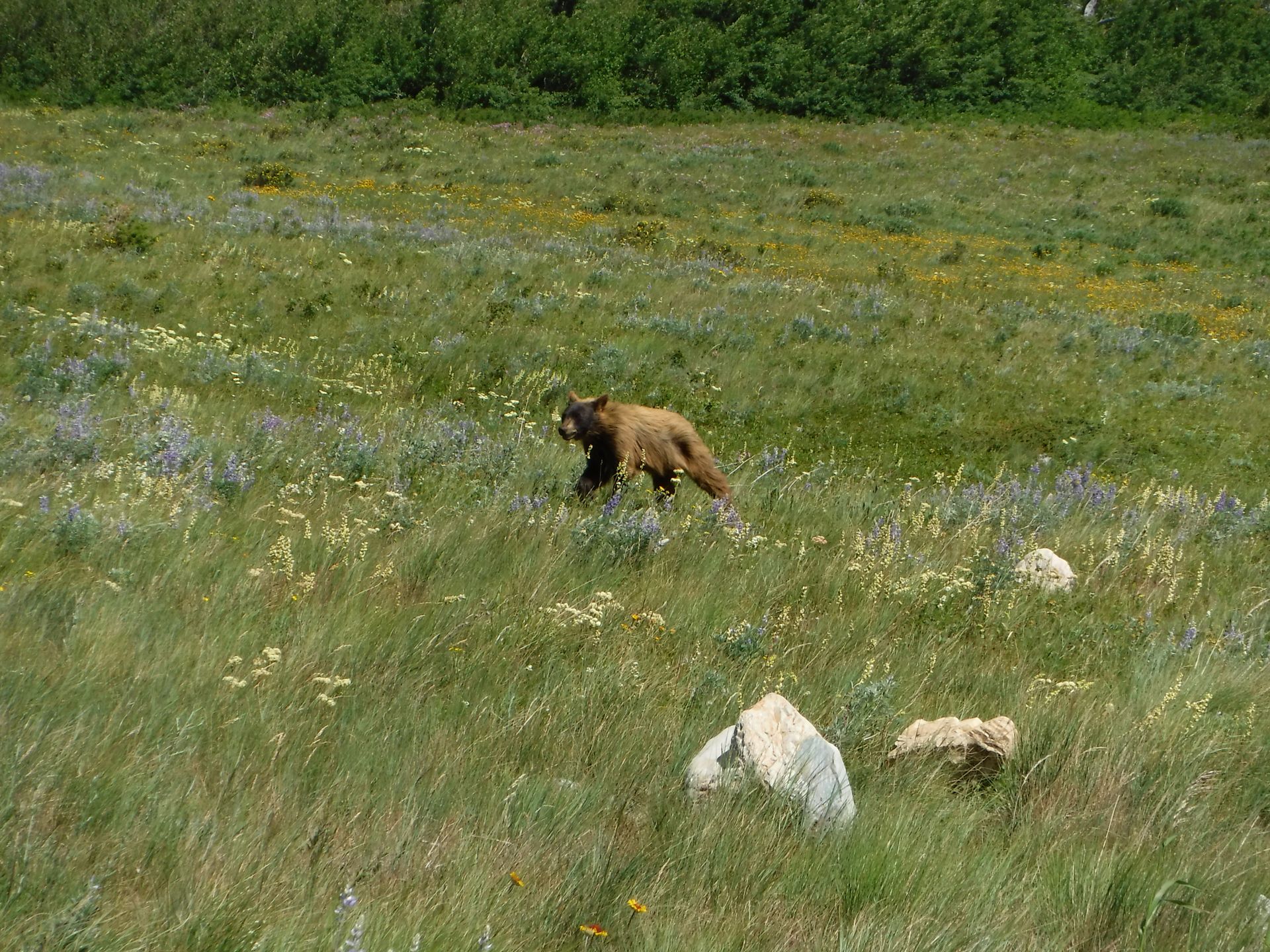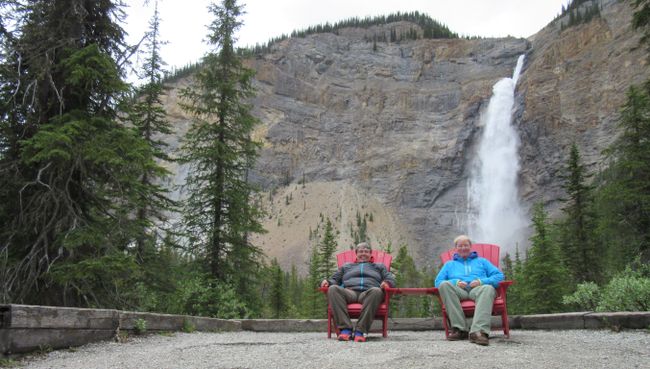Kap Hoorn and many days at sea
Нийтэлсэн: 17.03.2018
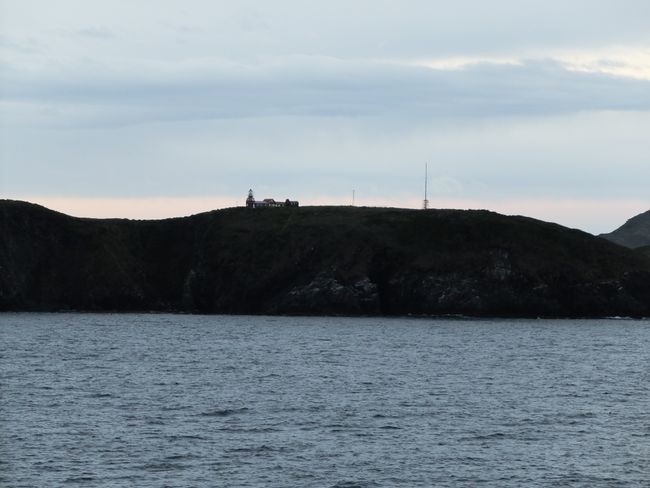
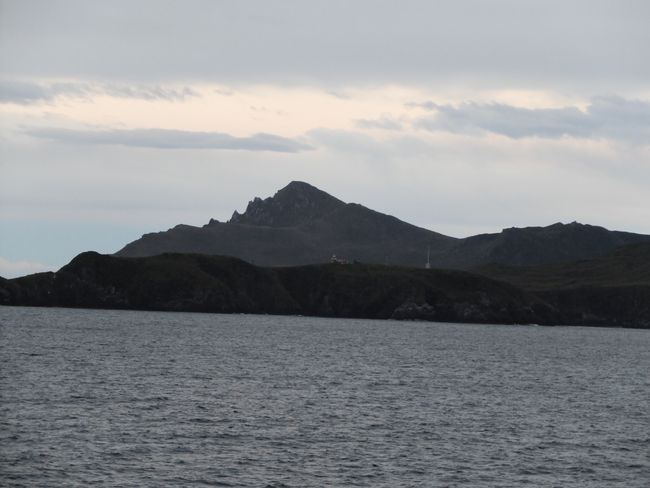
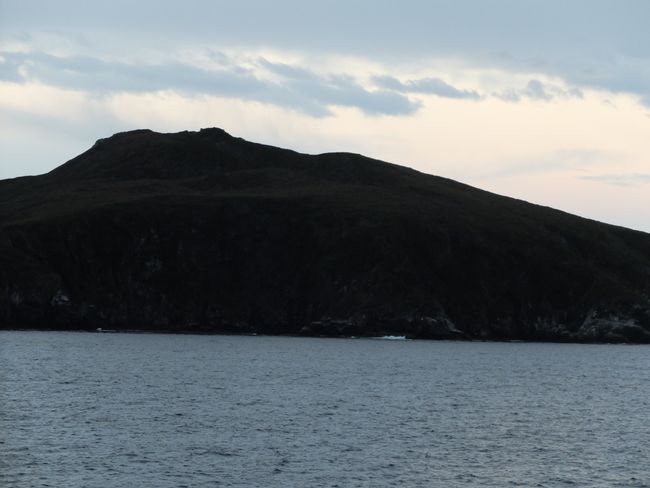
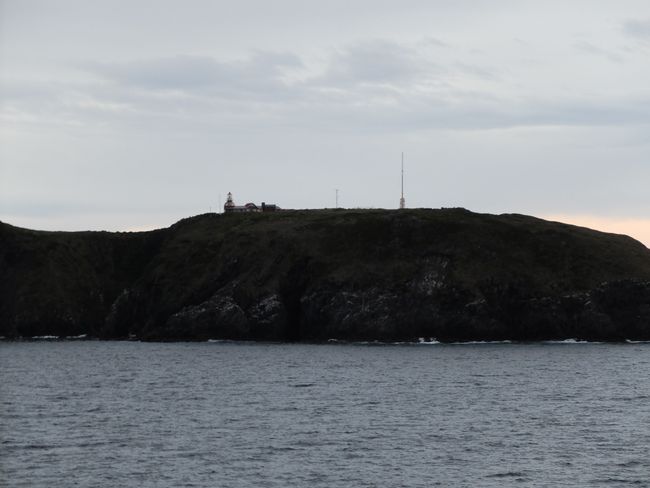
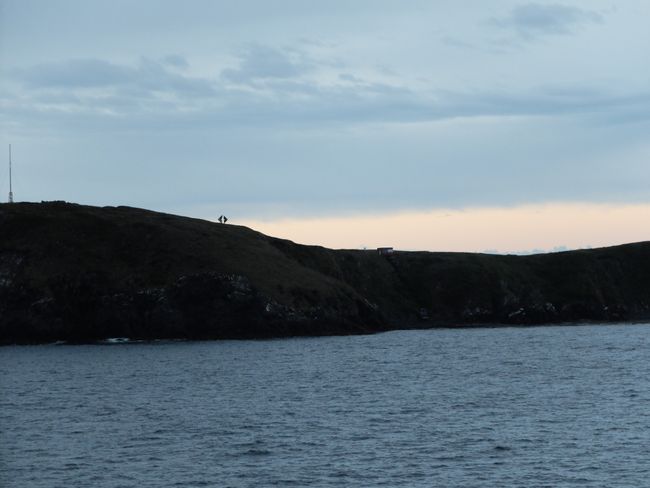
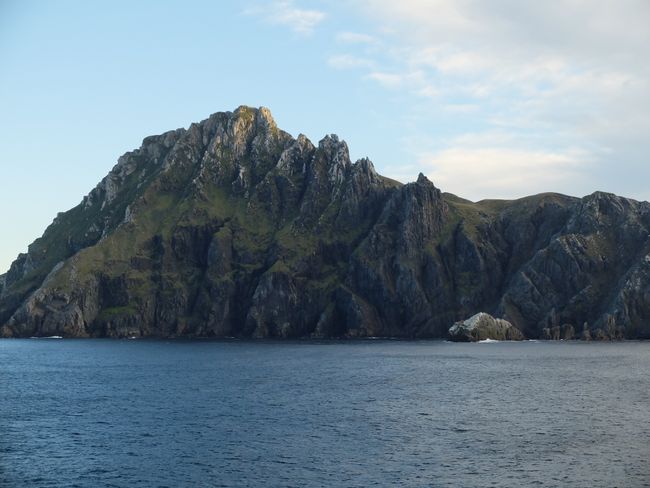
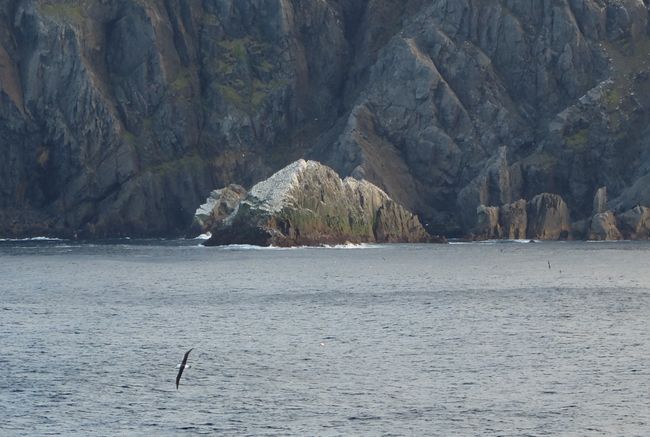
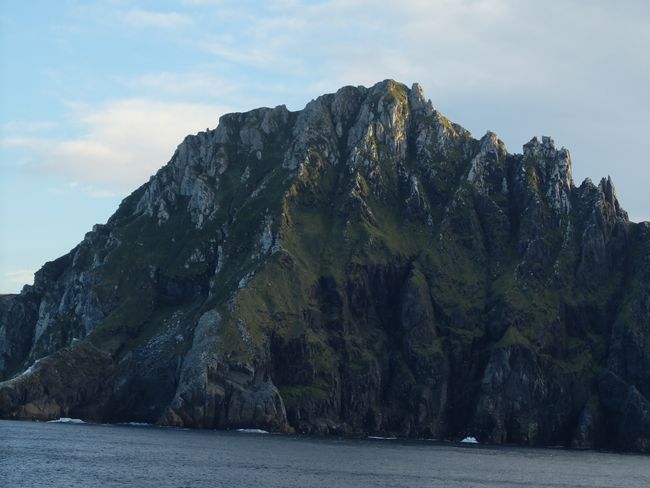
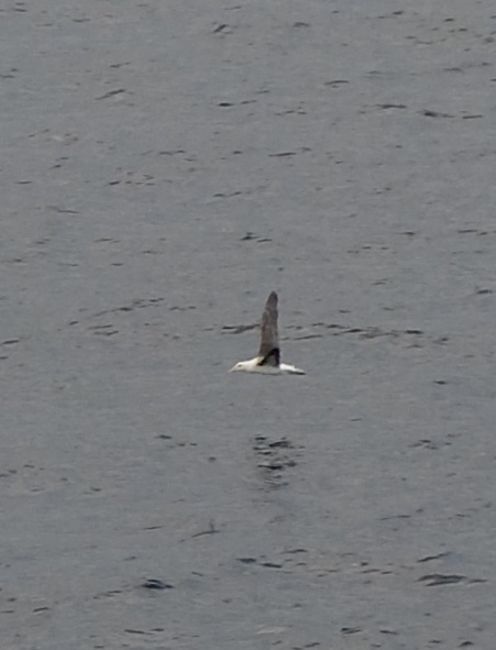
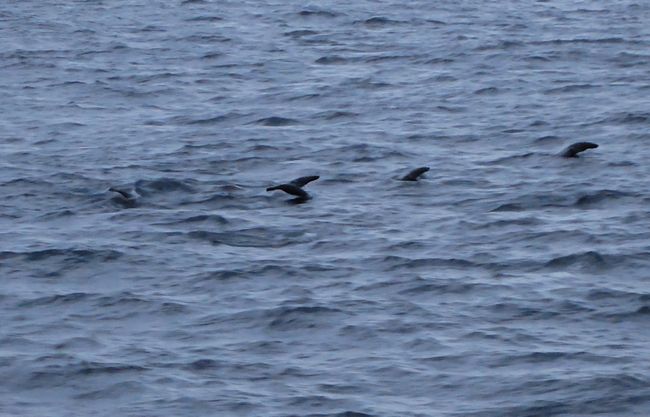
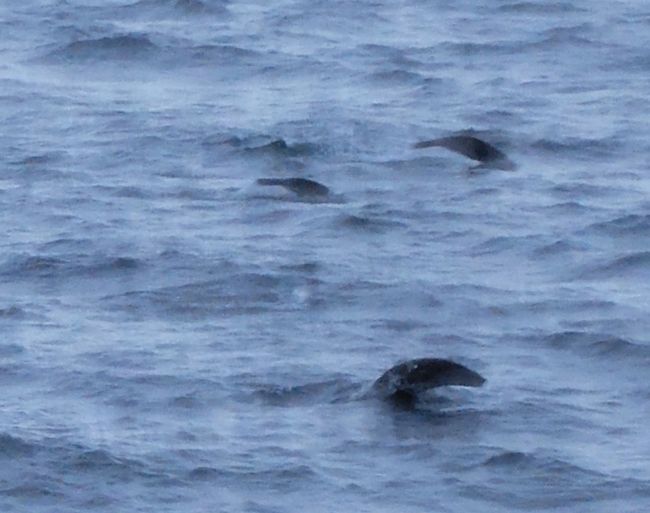
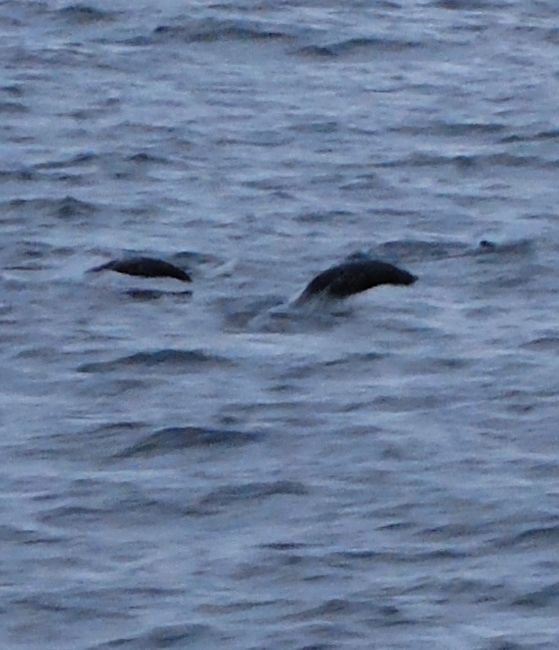

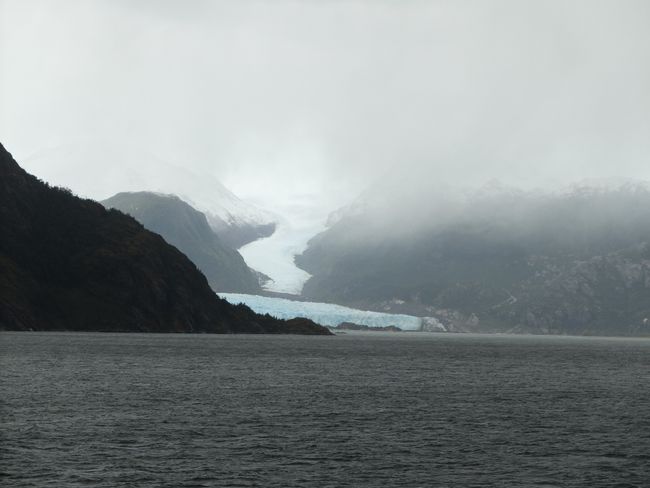
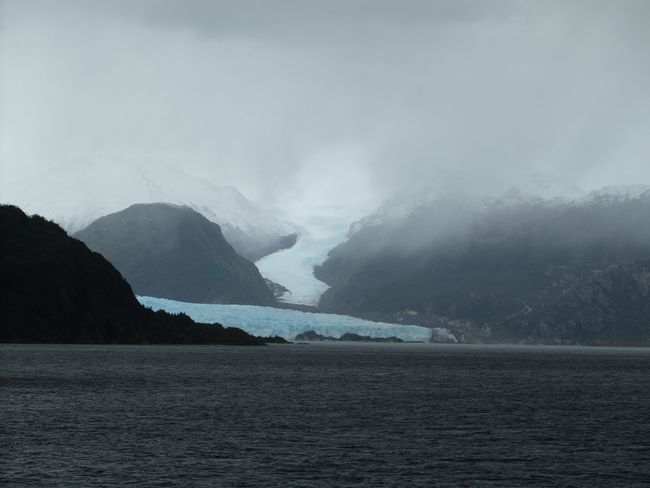
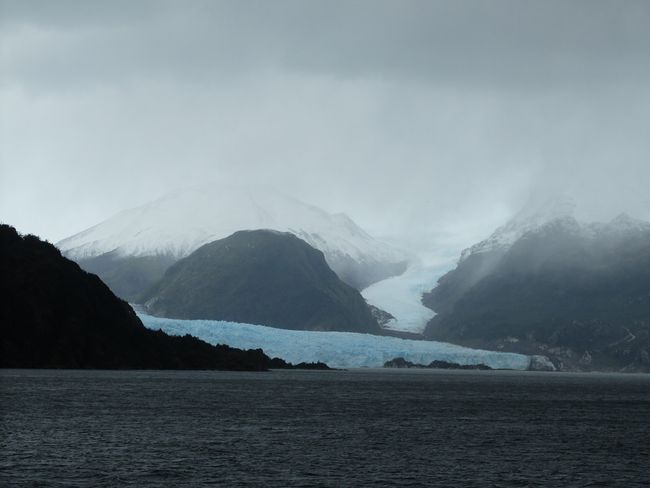
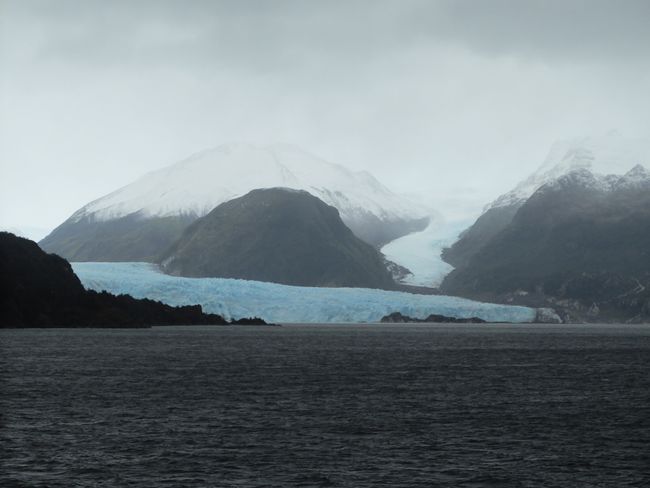
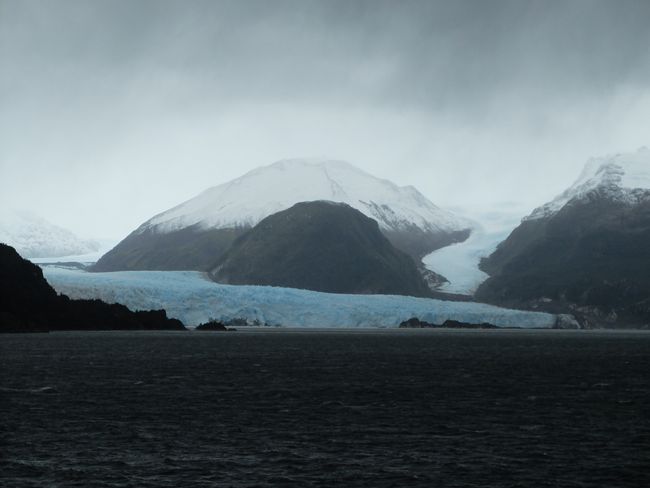
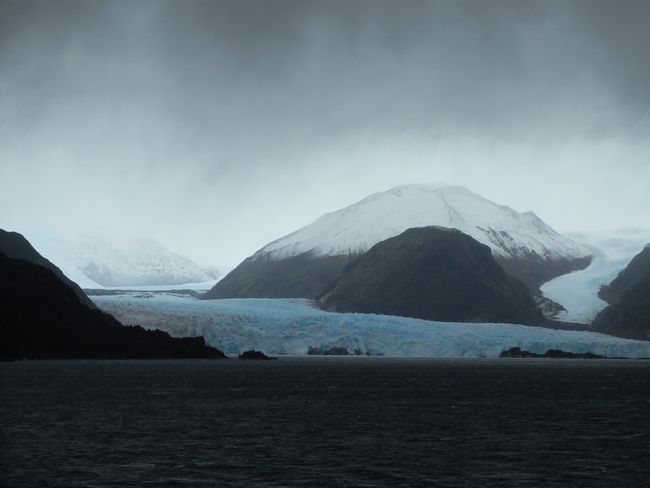
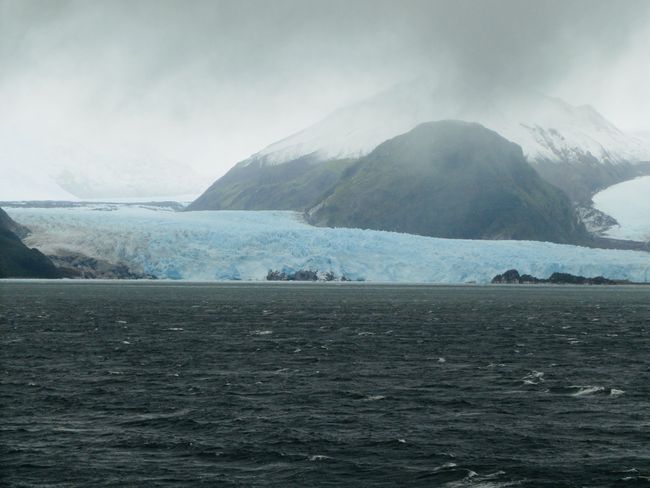
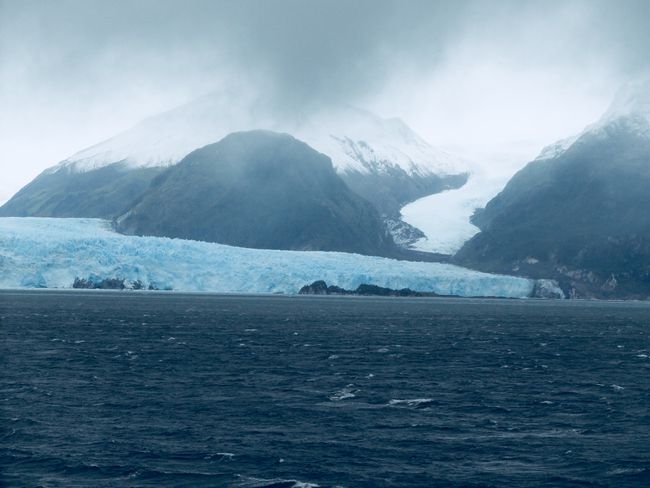
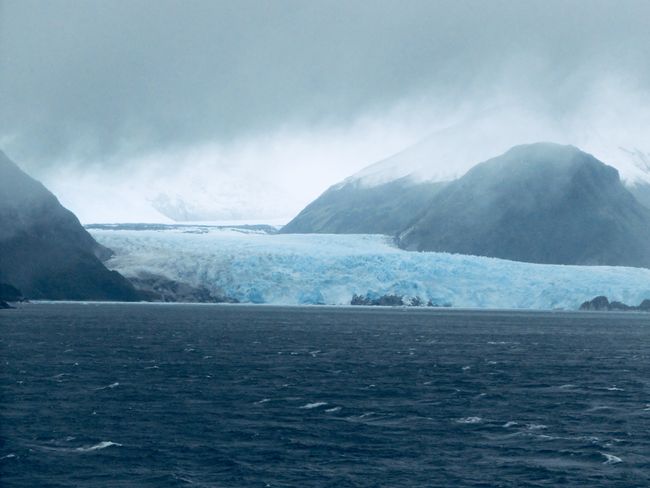
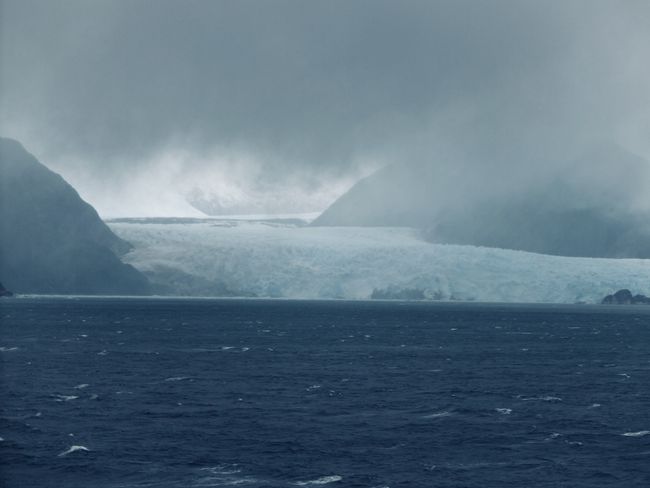
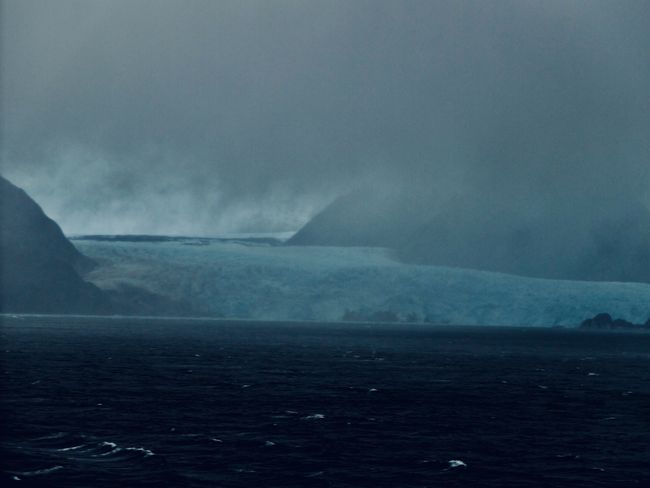
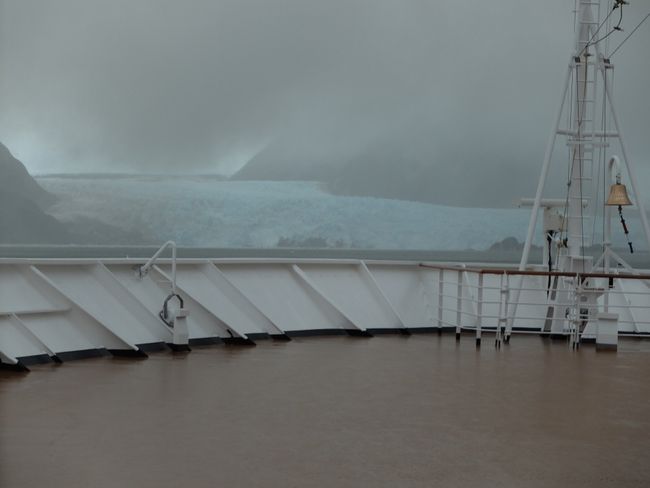
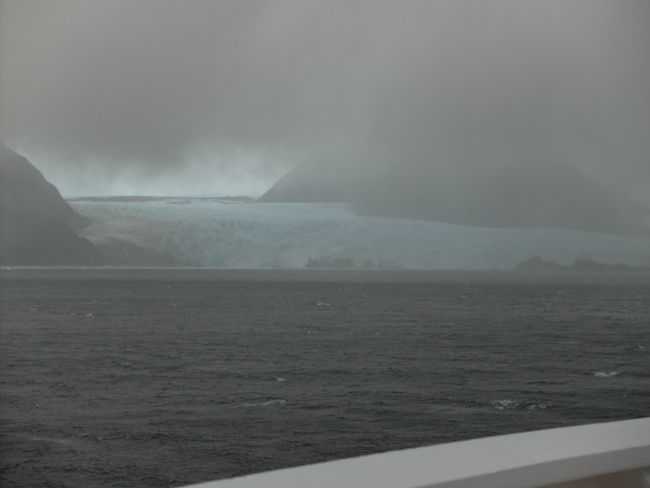
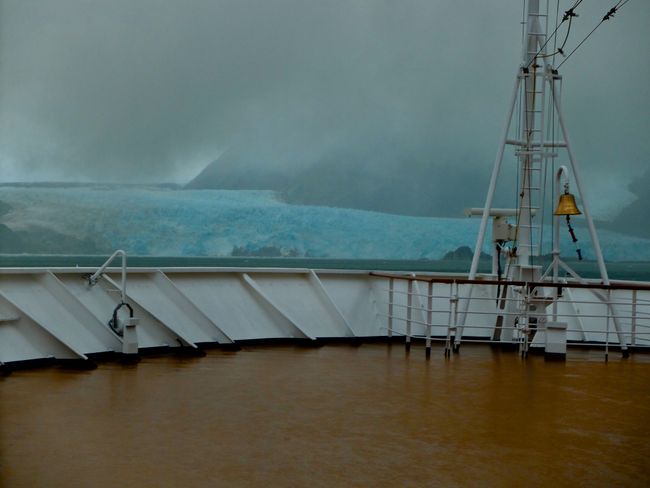
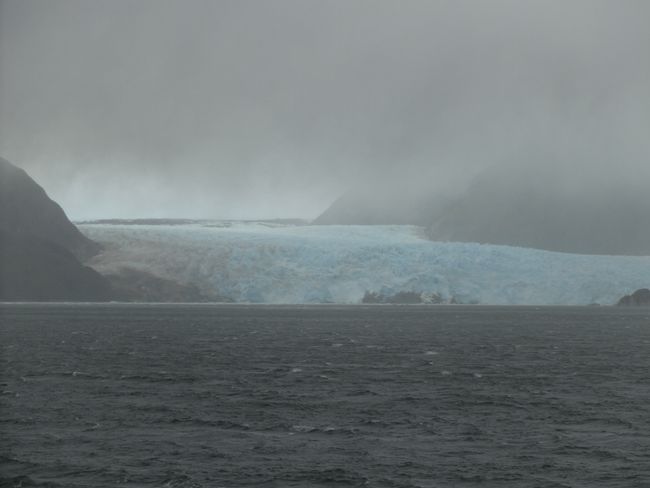
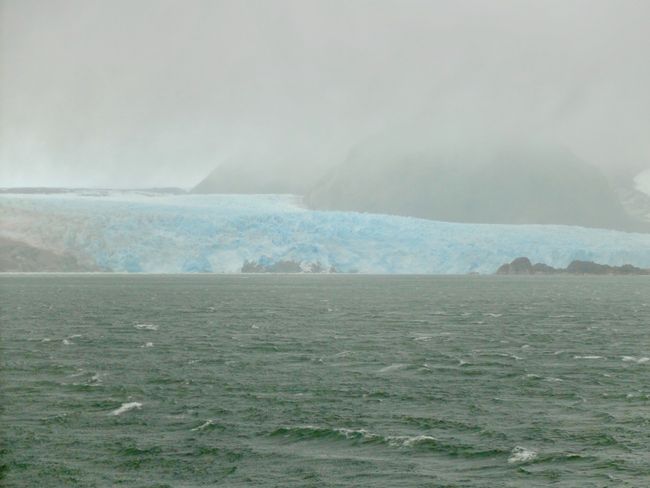
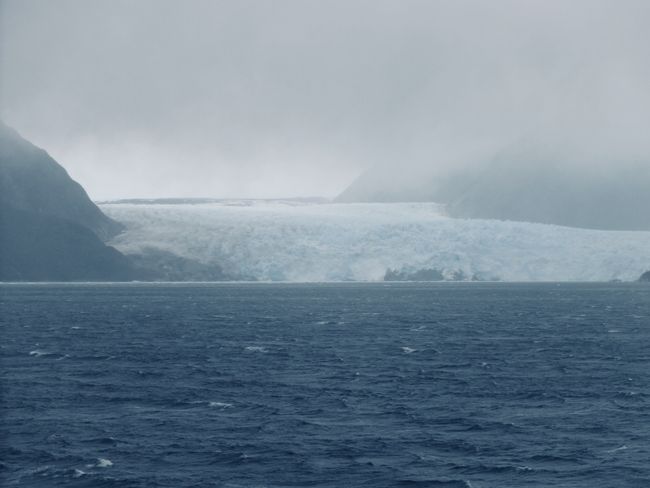
Мэдээллийн товхимолд бүртгүүлнэ үү
We did it! We actually sailed around Cape Horn. If we were sailors, we would be allowed to do a lot now! Wear a golden earring in the right ear (on the right side because we sailed around the Cape from the Atlantic side, if we had come from the other side, the earring would have been on the left), wear a special tattoo (no thanks!), be allowed to put our feet on the table during dinner (both of us, once we also sail around the Cape of Good Hope), and spit against the wind (eh). In any case, it was an extraordinary journey because the weather was .... relaxed. Almost no wind 💨, no rain 💦, no waves 🌊, even sunshine ☀️! Apparently, this is not very common. After all, this passage was (or still is?) considered the most dangerous in the world. Quite a few ships have been wrecked here over the centuries. So, in the morning at 7 o'clock, we stood outside at the tip of the ship. And of course, it was great, even though Jutta was a bit disappointed that there weren't more waves. I thought it was okay the way it was. The captain initially took us to the side where the lighthouse and the monument with the albatross (in memory of the deceased sailors) are located and gave us plenty of time to enjoy the sunrise and take photos. Then the actual journey around the Cape began. The big mountain in the photos is the Cape. But the small "white" stone is the southernmost point of the world. It is a rock inhabited by birds and it is white due to their droppings. Here, the Atlantic and Pacific Oceans meet, and of course, our captain sounded the ship's horn as we passed this magical spot. During the journey, the shipping company always provides us with informative information about the place and culture. So, of course, this time as well. At the Cape, it said:
"Many stories tell of dangerous journeys "around the Horn," many of them describe the terrible winds. Charles Darwin wrote: "A look at the coast is enough to make a landlubber dream of shipwrecks, dangers, and death for a week."
In close proximity to the lighthouse, a monument by the Chilean sculptor Jose Balcells has been erected. It is a sculpture of a shadow silhouette of an albatross. It was erected in 1992 through the initiative of the Chilean Brotherhood of Cape Horn. A plaque at the foot of the statue displays the poem by the Chilean writer Sara Vial in honor of the sailors who lost their lives while attempting to circumnavigate the Horn.
I am the Albatross, waiting for you at the end of the world.
I am the forgotten soul of dead sailors,
who sailed to Cape Horn from all the seas of the earth.
But they are not dead in the fury of the waves,
for they now fly on my wings for all eternity,
where the Antarctic storm howls at the deepest abyss.
We also had the pleasure of the birds that nest here in large numbers. Many albatrosses and cormorants were always near the ship. And we were able to discover two groups of sea lions that swam and jumped alongside the ship. Even though the photos are a little blurry, we still want to share them. It is special to be able to observe these amazing animals in the wild.
The Pacific Ocean was not quite as favorable to us, because since we were on this side of the coast, it was noticeably rougher. The waves were about three meters high, which was still manageable. Initially, waves of six meters were announced for Tuesday night. The captain announced a restless night. In the late afternoon, the weather forecast got even worse. Waves of up to eleven meters were announced, which prompted the captain to change the route or the timing. We stayed in the calmer waters of the fjord overnight and only passed the stormy area the next morning when it had calmed down a bit. There were still waves of six meters, but our captain was able to handle them well and safely. So, the stop in Puerto Montt was canceled, and we headed directly to San Antonio, which was not a real disadvantage for us. We had already spent a lot of time in the region and had seen everything. And Puerto Montt as a city really has nothing to offer. So, for us, only the "internet stop" was canceled, which was clearly bearable. Before the storm started, fortunately, we still had the opportunity to view the Amalia Glacier. This glacier also belongs to the southern Patagonian ice field and is truly impressive. By the way, our beloved Torres del Paine National Park🏔 is located on the backside. Oh well. You can't see anything of it, but the thought of it was enough. When we were right in front of the glacier tongue with the ship, the storm arrived. It was fascinating to see how quickly the lighting conditions changed, see photos. Then it became too dangerous for me outside at the bow of the ship because the wind increased significantly within seconds. But it was still fun. I edited the photos partly, that's why they are all so different in color.
So we had five consecutive days at sea, which we spent reading, watching movies, listening to music in Barry from Boston dot com's bar 😂, and attending lectures. Now we know everything about the origin of the tango and everything related to it, how to prepare mate tea correctly, and how volcanic eruptions and earthquakes occur. With our arrival in San Antonio (near Santiago de Chile), the first part of the cruise ends. Next, we will continue through northern Chile, Peru, Ecuador to Panama and through the Panama Canal.
Мэдээллийн товхимолд бүртгүүлнэ үү
Хариулт
